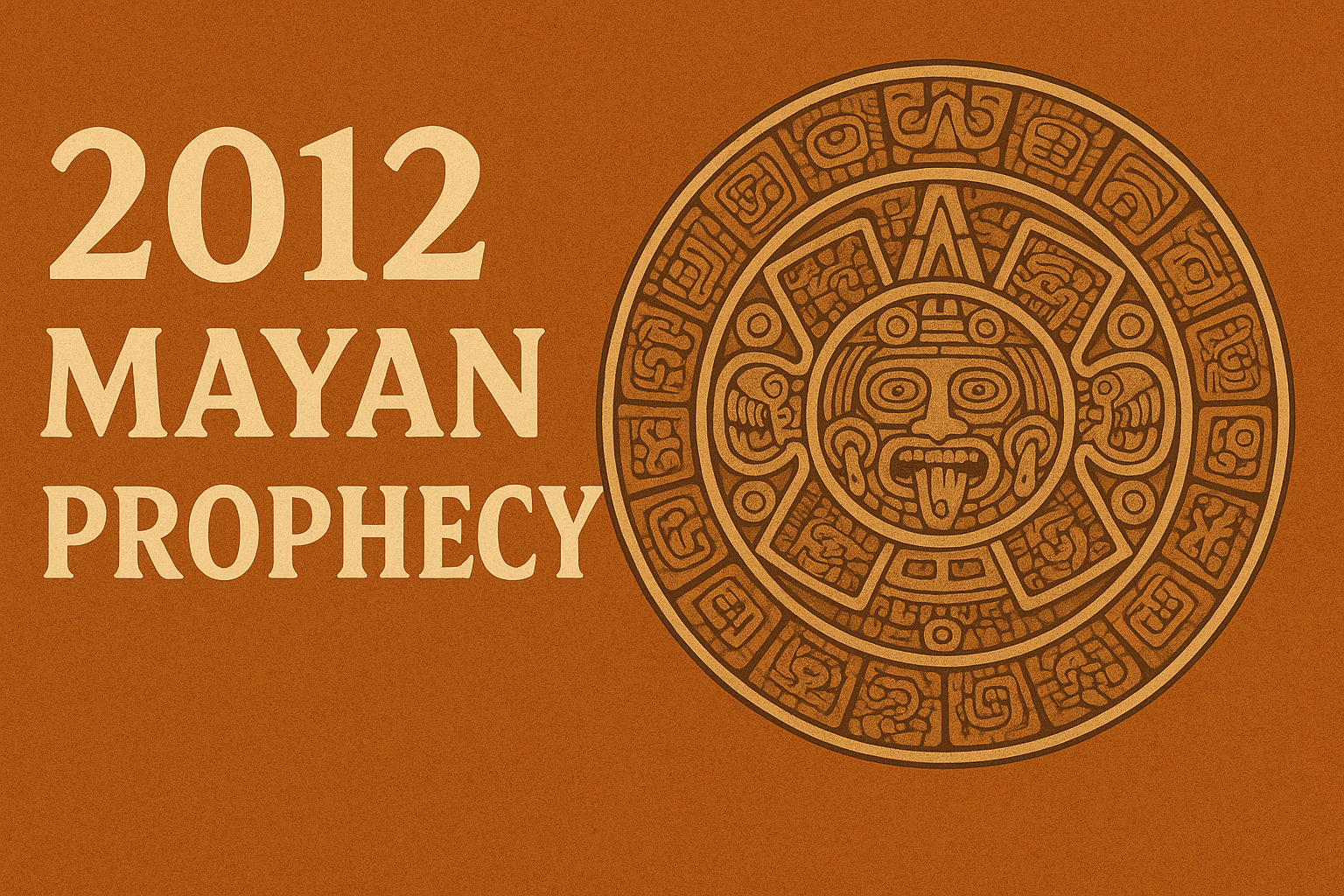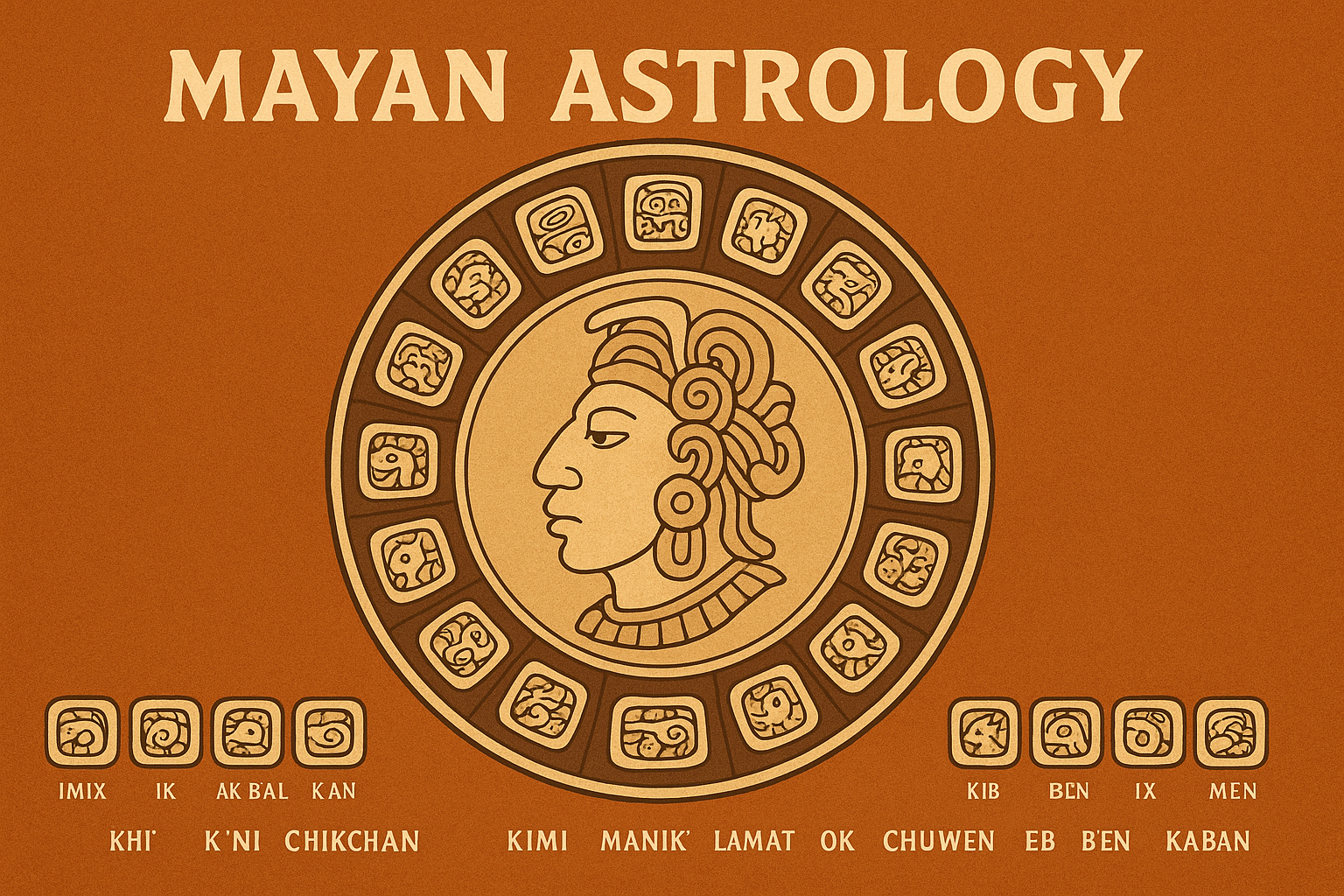Discover The 6 Hidden Secrets of The Little Prince: Symbolism That Will Blow Your Mind
“The Little Prince,” Antoine de Saint-Exupéry’s ageless masterpiece, captivates readers of all ages with its fascinating story and profound philosophical truths. A deep tapestry of symbolism lurks beyond the surface of an apparently simple children’s narrative, asking us to ponder on life, human nature, and the pursuit of true meaning.
In this blog post, we will go on a symbolic journey through the book’s primary characters and elements, including the rose, elephant, serpent, fox, astronomer, geographer, and, of course, the little prince himself.
Did you know that you can stay in a Little Prince inspired ecological retreat center, overlooking the volcanoes of Guatemala? Make sure to put Eagle’s Nest Atitlan on your bucket list and save 24% on ALL booking here!
What does the Little Prince symbolize and what Lessons do we Learn from him?
Embark on a journey of enchantment and profound reflection as we delve into the symbolic world of Antoine de Saint-Exupéry’s beloved masterpiece, “The Little Prince.” Beyond its charming narrative lies a tapestry of symbols that invite us to explore the deeper meaning of life, human connections, and the pursuit of true happiness. Prepare to be captivated by the timeless wisdom and thought-provoking messages hidden within the pages of this extraordinary tale.
Exploring the Symbolism of The Little Prince
The Little Prince with his Rose
The little prince encounters the rose on his home world, where she is the only flower there is. The rose appears naughty and demanding at first, bragging about her beauty and delicate nature. The prince is initially baffled by her actions, but he soon falls in love with her. He discovers that the rose’s demanding personality conceals her weakness and need for care. As he cares for her, he learns about the complexities of love and the value of fostering relationships.
The rose in “The Little Prince” symbolizes fragile and complicated emotions, such as love, fragility, and the complexities of human relationships. The prince’s favorite rose reflects the difficulties of nurturing and caring for intimate connections, with themes of dedication, patience, and the delicate balance between independence and reliance explored.
When the Little Prince met the Fox
In the desert, the prince encounters a fox, who teaches him the importance of making relationships. The fox explains that taming is a process of mutual trust and shared experiences. As the prince spends time with the fox, they develop a special bond and meaningful friendship. The fox imparts the knowledge that only by taking the time to invest in relationships can one truly experience joy and happiness. The fox also teaches the prince a valuable lesson about seeing beyond the surface and understanding the true essence of things, stating,
“It is only with the heart that one can see rightly; what is essential is invisible to the eye.”
The fox imparts heart wisdom to the prince, teaching him that what is important in life cannot be seen with the eyes but must be felt with the heart. Their friendship exemplifies the transformational power of genuine friendships.
The fox teaches significant lessons about trust, and the essence of ties created over time and care through their interactions.
The Elephant
While exploring his planet, the prince sketches an image of a boa constrictor eating an elephant. However, when he presents the drawing to adults, they believe that it as a hat and miss the elephant. The prince, who feels misunderstood, understands that many grownups have lost their ability to look beyond the surface and appreciate the beauty of the imagination. This interaction emphasizes the significance of retaining our sense of wonder and embracing childlike wonder.
The elephant represents the limitations of conventional perspective and the requirement of inventive thinking. It shows how society constraints and preconceived conceptions can obstruct our ability to recognize the extraordinary, encouraging us to embrace open-mindedness and youthful curiosity.
“All grown-ups were once children, but only few of them remember it.”
The Snake
While traveling, the little prince encounters a snake that arises mysteriously in the desert. The serpent communicates in riddles and gives the prince a way back to his home planet. Despite his initial mistrust, the prince grows to trust the snake and engages in significant conversations with him. Their meeting represents the prince’s acceptance of life’s cycle and his comprehension of the unavoidable passage of time.
The snake is a cryptic and intriguing figure who represents death and transformation. It encourages readers to reflect on the fleeting aspect of life, encouraging them to treasure every moment and seek greater meanings beyond the material sphere.

The Volcano
The presence of the volcano in The Little Prince represents the raw power of emotions, the inevitability of life’s challenges and reflects the catastrophic potential that each individual possesses. The little prince discovers a sleeping volcano on a nearby asteroid and decides to take care of it. He meticulously cleans the volcano’s vents and ensures its health, preventing its deadly explosion.
This interaction represents the need of tending to our inner feelings and wants, as they might have negative consequences if left neglected. It reminds us that we have the ability to control whether our inner fire consumes us or feeds our growth and beneficial impact on the world.

The Baobab
The baobab, a tree species recognized for its vast size, represents the bad influences and destructive attitudes that can take root in our life if they are not addressed in time. The little prince discovers that if baobab seeds are not controlled, they can develop into massive trees capable of tearing planets apart.
He highlights the importance of uprooting baobab seedlings in their early stages to prevent their expansion and safeguard the planet’s fragile equilibrium. This symbol emphasizes the necessity of detecting and eliminating negative thoughts, habits, and influences before they become deeply ingrained and endanger our well-being and harmony.
The Astronomer
The little prince meets an astronomer on a faraway planet who spends all of his time counting stars. The astronomer is too busy with his computations to appreciate the universe’s beauty. The prince learns that the astronomer’s obsession with numbers and knowledge has hampered his ability to properly perceive his surroundings. This interaction serves as a reminder to strike a balance between academic pursuits and acceptance of life’s intangible components.
The astronomer represents a scientific pursuit of knowledge as well as an interest in the physical world. His obsession with counting stars emphasizes the risk of losing touch with the present moment and ignoring the human experience. The symbolism of the astronomer encourages us to balance academic endeavors with an appreciation for intangible parts of existence.
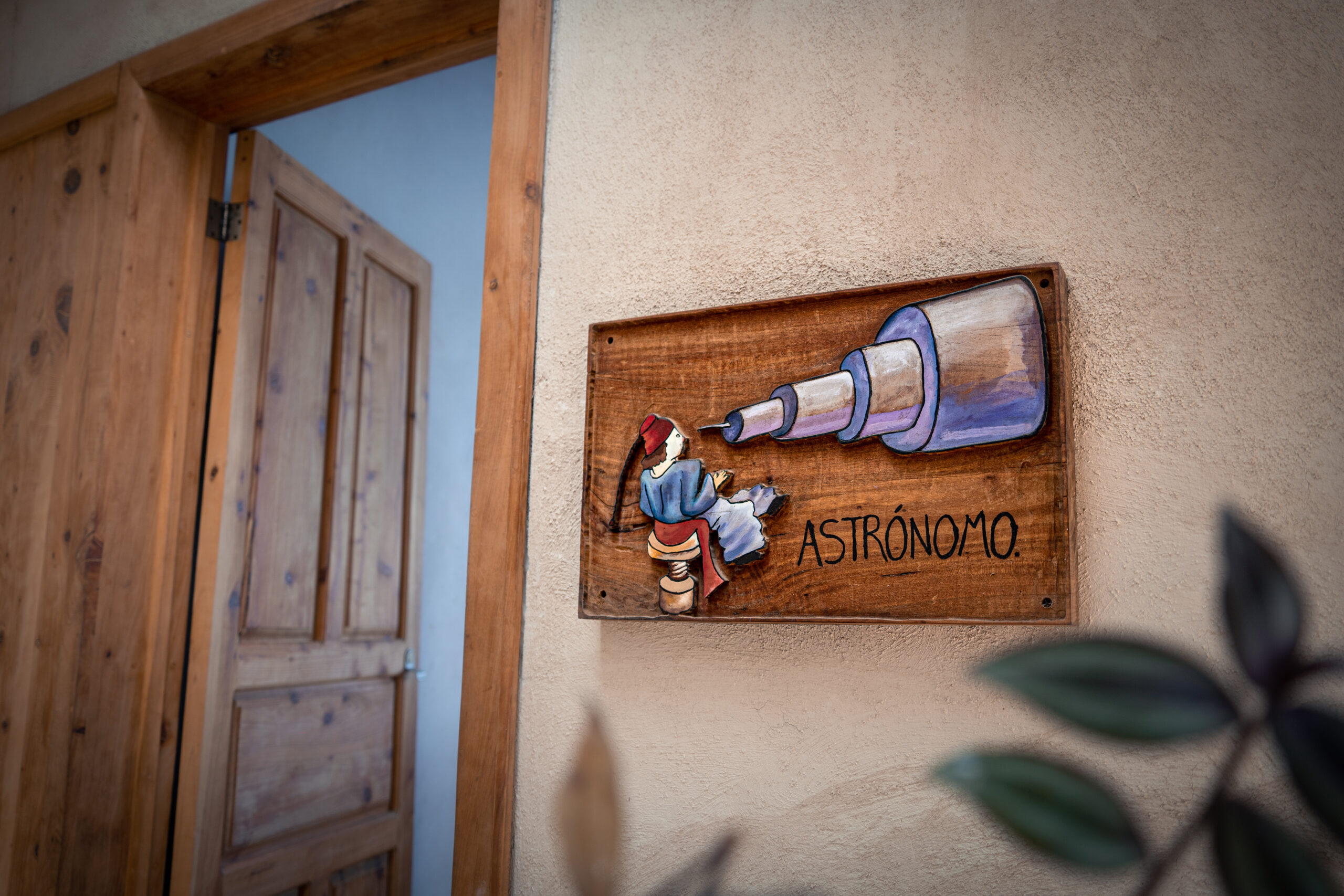
The Geographer
During his travels, the little prince meets a geographer who claims to know everything there is to know about the earth. The geographer, however, has never left his desk and relies completely on the tales of explorers. The little prince recognizes that the geographer’s expertise is shallow and lacking actual experience. The geographer reflects conventional wisdom’s limitations and encourages the prince to seek unique experiences and develop his own worldview.
The geographer embodies conventional wisdom’s inadequacies and the tendency to value abstract information over experiential understanding. Saint-Exupéry criticizes a narrow-minded approach to life through this character, encouraging readers to explore personal experiences and make their own paths.
What does The Little Prince symbolize?
Throughout his encounters with these symbols, the little prince learns valuable lessons about love, imagination, friendship, the transient nature of existence, and the importance of staying connected to one’s true self. Each interaction contributes to his personal growth and enlightenment, guiding him on his quest for meaning and understanding in the universe.
So, what does the little prince symbolize on this journey?
The central character of The Little Prince embodies innocence, curiosity, and the untamed spirit of childhood. He represents the intrinsic wisdom and purity that can be lost as one ages. The prince’s trip reflects a search for meaning, personal connection, and genuine happiness. In the end, the little prince tells us to embrace our inner child, marvel at the beauties of life, and establish true friendships.
The Evolution of Symbolism: Comparing Different Interpretations of “The Little Prince”
Exploring the ever-evolving landscape of interpretation, “The Little Prince” continues to captivate readers with its rich tapestry of symbolism. From its initial publication to the present day, scholars and readers alike have offered diverse interpretations of the text, each shedding new light on its profound themes and allegorical elements.
At the heart of this ongoing discourse lies the question of how different interpretations of “The Little Prince” have shaped our understanding of its symbolism. Scholars from various disciplines, ranging from literature and philosophy to psychology and theology, have offered unique perspectives on the story’s underlying meanings and messages.
The Symbolism of The Little Prince: Childhood Innocence and Wonder
One interpretation suggests that the prince himself represents the essence of childhood innocence and wonder, embodying humanity’s innate capacity for curiosity, empathy, and imagination. Through his encounters with characters like the rose, fox, and snake, the prince navigates the complexities of human relationships and the existential questions that define the human condition.
The Desert’s Role in the Symbolism of The Little Prince
Another interpretation focuses on the symbolism of the desert landscape, seeing it as a metaphor for the vastness of the universe and the existential journey of self-discovery. As the prince traverses the desert sands, he confronts his own fears, desires, and limitations, ultimately finding solace in the simple joys of friendship and connection.
Understanding the Symbolism of The Little Prince Through the Rose
Yet another interpretation delves into the symbolism of the rose, viewing it as a representation of love, beauty, and vulnerability. The prince’s devotion to the rose reflects his longing for meaningful relationships and his quest for authenticity in a world marked by superficiality and pretense.
How Various Interpretations Shape the Symbolism of The Little Prince
As we compare and contrast these various interpretations, we gain a deeper appreciation for the complexity and richness of “The Little Prince” as a literary work. Each perspective offers valuable insights into the story’s symbolism, inviting readers to engage with its themes in new and thought-provoking ways.
Ultimately, the evolution of symbolism in “The Little Prince” reminds us of the timeless relevance of its message: that true wisdom lies not in the pursuit of knowledge or material wealth, but in the embrace of love, friendship, and the simple joys of life. As we continue to interpret and reinterpret this beloved tale, we discover new layers of meaning that resonate across generations and cultures, reminding us of the enduring power of storytelling to illuminate the human experience.
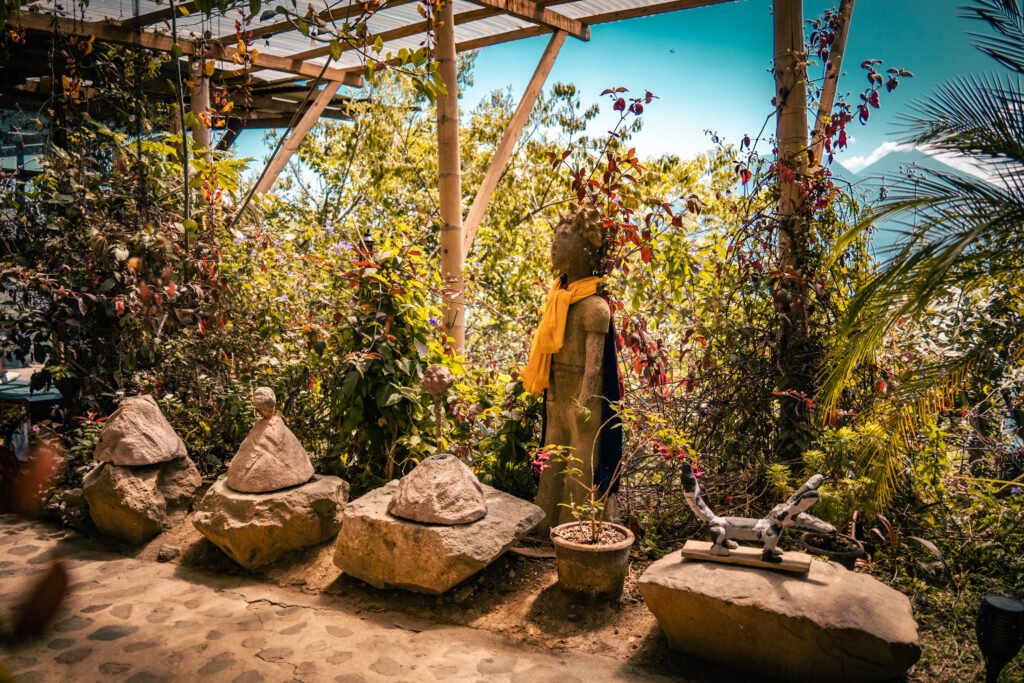
Diving Into the Palette: Color Symbolism in ‘The Little Prince’ Unveiled
Colors play a crucial role throughout the story of ‘The Little Prince’ in conveying emotions, themes, and character traits. Each hue serves as a symbolic language, enriching the narrative with layers of meaning and depth.
The vibrant red of the rose symbolizes love, passion, and vulnerability. It represents the prince’s deep affection for his beloved rose, as well as the complexities of human relationships and the fragility of emotions.
Conversely, the somber blues of the desert sky evoke feelings of loneliness, isolation, and longing. They mirror the prince’s existential journey through the vast expanse of the desert, highlighting his search for connection and meaning in a seemingly barren landscape.
The golden hues of the prince’s hair and clothing reflect his innocence, purity, and untamed spirit. They signify his childlike curiosity and optimism, as well as his unwavering belief in the goodness of the world.
In contrast, the dull grays of the grown-ups’ world represent conformity, rigidity, and disillusionment. They serve as a stark reminder of the prince’s alienation from the adult world, where imagination and wonder are often overshadowed by practicality and logic.
As the prince encounters various characters and landscapes on his journey, the colors around him shift and change, reflecting his evolving emotions and experiences. Through the language of color, “The Little Prince” invites readers to explore the rich tapestry of human existence and the universal quest for love, connection, and understanding.
Navigating the Quest for Meaning and Connection
As we conclude our journey through the symbolic universe of “The Little Prince,” we are left with profound questions and timeless lessons. How can we preserve our childlike wonder in a world that often dismisses the extraordinary? Are we truly aware of life’s fleeting nature, as symbolized by the snake? And how can we cultivate genuine connections, taming the fox within us and valuing the intangible qualities that truly matter?
“The Little Prince” serves as a reminder to cherish the beauty and wonders that surround us, to question conventional wisdom, and to nurture meaningful relationships. It invites us to embark on our own personal journeys of self-discovery, embracing the simplicity and wisdom of our inner child. By reflecting on the profound symbolism within this timeless tale, we can uncover profound truths and embark on a path towards a more meaningful and fulfilling existence. So, let us keep the spirit of the little prince alive within us, forever curious, forever seeking, and forever embracing the power of love, imagination, and connection.
Overview – Symbolism in The Little Prince
- The Rose: The rose represents beauty, vulnerability, and the complexities of love. It teaches the prince, and readers, about the importance of nurturing relationships and seeing beyond outward appearances.
- The Fox: The fox embodies wisdom and teaches the prince valuable lessons about taming, connection, and the significance of meaningful bonds. It highlights the transformative power of time, trust, and genuine relationships.
- The Snake: The snake is a mysterious and cryptic character, imparting wise but enigmatic words to the prince. It represents existential questions, mortality, and the need for introspection and contemplation.
- The Elephant: The elephant symbolizes strength, wisdom, and the vastness of the universe. It reminds us of the expansive possibilities and the wonders that exist beyond our visible realms.
- The Boa Constrictor: The drawing of the boa constrictor that swallowed an elephant showcases the power of imagination and the importance of looking beyond surface appearances. It invites us to see the extraordinary within the ordinary.
- The Baobab Trees: The baobab trees symbolize the metaphorical dangers of neglect and the need to address problems before they become overwhelming. They serve as a metaphor for negative influences or destructive thoughts that, if left untamed, can dominate and erode our lives.
- The Stars: The stars hold a special significance in The Little Prince. They represent dreams, aspirations, and distant possibilities. The prince’s fascination with the stars reinforces the importance of holding onto one’s dreams and maintaining a sense of wonder in life.
- The Lamplighter: The lamplighter embodies dedication, responsibility, and the commitment to a task, even if its purpose may seem unclear. It reflects the value of perseverance and the intrinsic worth of fulfilling one’s duties.
- The Planet of the Geographer: The planet of the geographer symbolizes the pursuit of knowledge and the power of exploration. It reminds us of the importance of discovery, understanding our world, and seeking out information beyond what is readily apparent.
- The Desert: The desert acts as a metaphor for isolation, loneliness, and the challenges of life. It serves as a backdrop for the prince’s solitary journey and highlights the need for connection and the inherent difficulties we face in navigating the vast expanse of existence.
- The Astronomer: The astronomer symbolizes the pursuit of knowledge, discovery, and the wonders of the universe. He represents the scientific and intellectual aspect of human curiosity and the insatiable desire to explore and understand the mysteries of the cosmos.
- The Volcano: The volcano serves as a representation of passion, emotions, and the powerful forces that can lie dormant within us. In The Little Prince, the volcano represents the potential for eruption, highlighting the importance of acknowledging and dealing with our emotions rather than letting them remain suppressed.
- The Little Prince: The central character and namesake of the story, the Little Prince embodies innocence, purity, curiosity, and a childlike perspective that allows him to see the world with fresh eyes. He symbolizes the essence of youth, reminding readers of the importance of cherishing our inner child, embracing wonder, and approaching life with open-hearted sincerity.
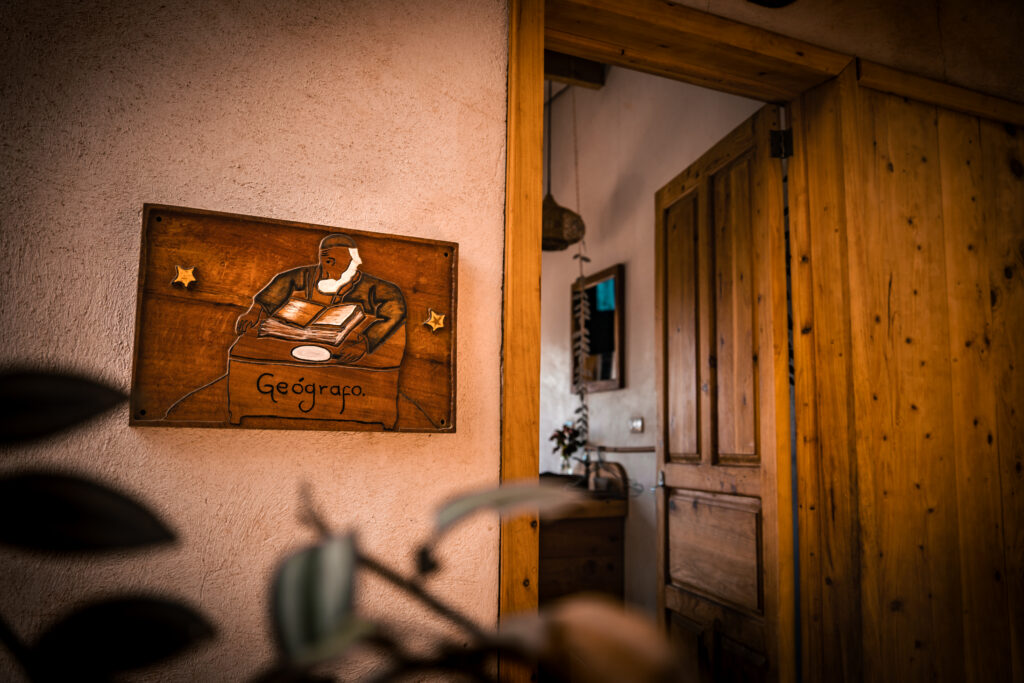
FAQ: Questions and Answers of Symbolism of The Little Prince
What inspired Antoine de Saint-Exupéry to write “The Little Prince”?
Antoine de Saint-Exupéry drew inspiration from his experiences as a pilot and his observations of human nature, loneliness, and the complexities of life.
Is “The Little Prince” a children’s book or a philosophical tale?
While “The Little Prince” is often categorized as a children’s book, its profound themes and philosophical undertones make it a timeless tale cherished by readers of all ages.
What is the significance of the rose in “The Little Prince”?
The rose symbolizes beauty, vulnerability, and the complexities of love. It teaches the prince and readers about nurturing relationships and seeing beyond outward appearances.
What life lessons can we learn from “The Little Prince”?
“The Little Prince” imparts valuable lessons about love, friendship, imagination, and the pursuit of true meaning in life. It encourages readers to embrace their inner child, cherish the wonders of the world, and cultivate meaningful connections.
Why is symbolism important in “The Little Prince”?
Symbolism adds depth and complexity to the narrative, allowing readers to interpret the story on multiple levels. It invites contemplation and reflection, encouraging readers to uncover hidden truths and insights.
How does “The Little Prince” resonate with readers beyond its narrative?
“The Little Prince” resonates with readers by addressing universal themes such as loneliness, friendship, and the search for identity and purpose. Its timeless wisdom transcends generations, making it a beloved classic worldwide.
What is the significance of the little prince’s encounters with various characters?
Each character the little prince encounters represents different aspects of human nature and society. Through these encounters, readers gain insights into themes such as trust, friendship, imagination, and the pursuit of knowledge.
Summary of Symbolism of The Little Prince
“Discover The 6 Hidden Secrets of The Little Prince” delves into the profound symbolism and timeless wisdom of Antoine de Saint-Exupéry’s beloved masterpiece. Through a symbolic journey exploring characters like the rose, fox, snake, and others, readers uncover valuable life lessons about love, friendship, imagination, and the pursuit of meaning. “The Little Prince” reminds us to embrace our inner child, cherish the wonders of life, and cultivate genuine connections that enrich our journey through existence. Embark on this enchanting exploration and let the spirit of “The Little Prince” inspire you to navigate life with curiosity, compassion, and boundless wonder.
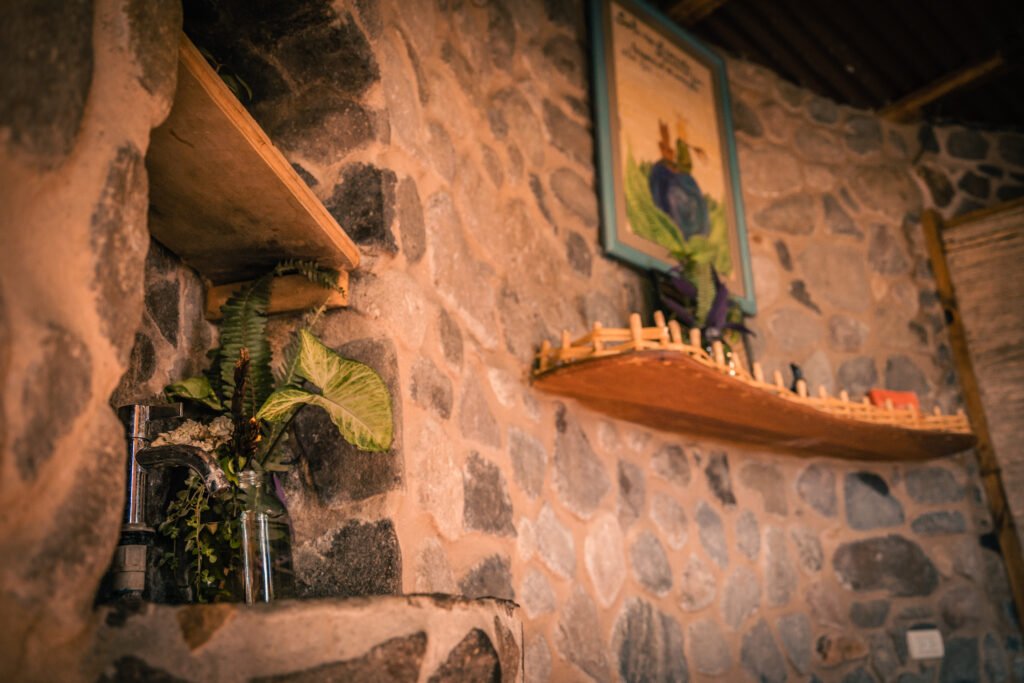
Embrace the wisdom of The Little Prince and let its Lessons Inspire you to Nurture our Inner Child
At Eagle’s Nest we live the spirit of The Little Prince’s teachings. The creation of Eagle’s Nest was inspired by the story’s powerful symbolism and wisdom. Each of our rooms was named after one of the symbols of The Little Prince.
Wanna know more about the Little Prince and its connection to Lake Atitlán and Eagle’s Nest? Also read this article: What is The Little Prince about? Unveiling the Enchanting World of The Little Prince and its Extraordinary Affinity with Eagle’s Nest Atitlán
Ready to go on your own journey of transformation and rediscover your inner child? Check out our life-changing events and book your stay here!


